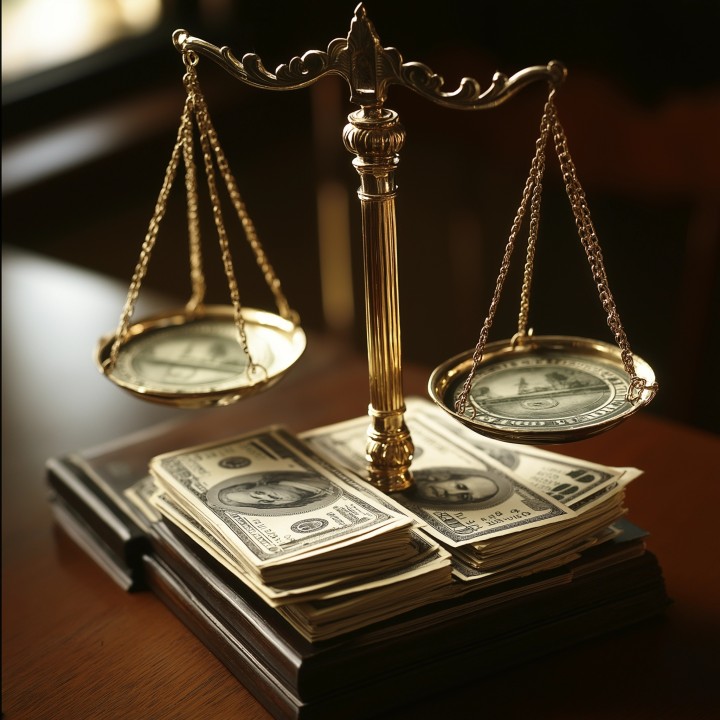Education and Early Career
Kenneth Lee Lay was born on April 15, 1942, in Tyrone, Missouri. He earned a Bachelor of Arts degree in economics from the University of Missouri and later obtained a Ph.D. in economics from the University of Houston. Lay’s early career included positions at Humble Oil (now ExxonMobil), the Federal Power Commission, and Florida Gas Company.
Rise to Prominence in the Energy Sector
Lay’s significant rise began when he became an executive at Houston Natural Gas in 1984. His strategic vision and leadership skills led to the merger of Houston Natural Gas with InterNorth, creating Enron Corporation in 1985. Lay became chairman and CEO, positioning Enron as a major player in the energy sector.
The Formation and Growth of Enron
Creation of Enron
Enron was formed through the merger of Houston Natural Gas and InterNorth. The company initially focused on the natural gas pipeline business but quickly expanded into various energy sectors, including electricity, natural gas trading, and broadband services.
Expansion and Innovation
Under Lay’s leadership, Enron pursued aggressive expansion and innovation. The company pioneered the use of energy derivatives and trading, creating a market for trading energy contracts. Enron’s innovative business model and rapid growth earned it acclaim as one of the most innovative companies in America.
Kenneth Lay’s Role at Enron
Leadership Style
Lay was known for his charismatic and visionary leadership style. He fostered a culture of innovation and risk-taking at Enron, encouraging employees to think outside the box and pursue ambitious projects. However, this culture also led to a lack of oversight and accountability.
Key Decisions and Strategies
Lay’s key decisions included diversifying Enron’s business portfolio, entering new markets, and using complex financial instruments to enhance profitability. While these strategies initially led to substantial growth, they also masked significant financial problems and set the stage for the company’s eventual collapse.
The Enron Scandal
Unraveling of Fraudulent Practices
The Enron scandal began to unravel in late 2001 when it was revealed that the company had used accounting loopholes, special purpose entities, and other financial practices to hide its debt and inflate profits. These practices were orchestrated by top executives, including Lay.
Key Figures and Their Roles
Key figures in the scandal included CEO Jeffrey Skilling and CFO Andrew Fastow, who were instrumental in the fraudulent activities. Lay, as chairman, was accused of allowing and encouraging these practices, despite being aware of the financial discrepancies.
Legal Consequences for Kenneth Lay
Charges and Trial
Lay was indicted on 11 counts of securities fraud, wire fraud, and making false statements. His trial began in January 2006, alongside Jeffrey Skilling. The charges against Lay included misleading investors and employees about the true financial state of Enron.
Verdict and Sentencing
In May 2006, Lay was found guilty on all counts. He faced substantial prison time, but before he could be sentenced, Lay died of a heart attack on July 5, 2006. His death meant that his convictions were vacated, as he did not have the opportunity to appeal.
Impact on Corporate America
Changes in Regulations
The Enron scandal led to significant regulatory changes, most notably the Sarbanes-Oxley Act of 2002. This legislation aimed to enhance corporate accountability and transparency, with measures including stricter financial reporting requirements and increased oversight of auditors.
Legacy of the Enron Scandal
The Enron scandal remains a cautionary tale about the dangers of corporate greed and the importance of ethical leadership. It highlighted the need for stronger regulatory frameworks to prevent similar incidents in the future and restored investor confidence in corporate governance.
Frequently Asked Questions (FAQs)
Who was Kenneth Lay?
Kenneth Lay was the chairman and CEO of Enron Corporation, known for his role in the company’s rise and subsequent collapse due to accounting fraud.
What was Kenneth Lay’s role in the Enron scandal?
Lay was accused of allowing and encouraging fraudulent accounting practices that hid Enron’s true financial condition, misleading investors and employees.
What were the main charges against Kenneth Lay?
Lay faced charges of securities fraud, wire fraud, and making false statements.
How did the Enron scandal affect corporate regulations?
The scandal led to the enactment of the Sarbanes-Oxley Act, which increased corporate accountability and transparency through stricter financial reporting and oversight.
What happened to Kenneth Lay after the trial?
Lay was found guilty on all counts but died of a heart attack before he could be sentenced. His convictions were vacated posthumously.
How did Enron’s collapse impact its employees and investors?
Enron’s collapse resulted in significant financial losses for its employees and investors, many of whom lost their savings and pensions.
Conclusion
Kenneth Lay’s role in the Enron scandal highlights the devastating impact of corporate fraud and the importance of ethical leadership. The scandal not only led to significant financial losses but also prompted critical changes in corporate governance and regulatory practices. Lay’s story serves as a reminder of the far-reaching consequences of corporate misconduct.






